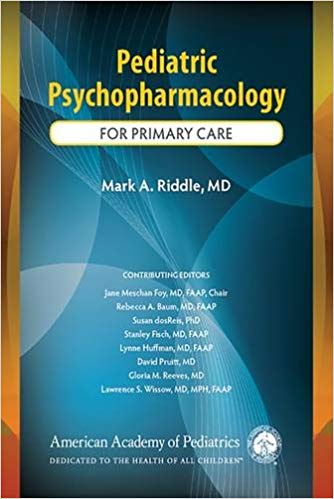
Free bonus digital tool! Get instant answers on specific conditions and medications from your desktop or mobile device!
Evidence-based conceptual framework
A clear, straightforward methodology – based on current research and clinical experience – defines discrete levels of psychotropic agents and spells out level-specific roles and responsibilities.
Group 1:Medications FDA-approved for youth for ADHD, anxiety, and depression – disorders for which pediatric primary care providers commonly initiate treatment and assume prescribing and monitoring responsibilities.
Administration and management information for each drug agent includes:
- Rationale for use
- Evidence supporting efficacy and safety
- Initial dosing and subsequent adjustments
- Measuring therapeutic success
- When to consult or refer
Group 2: Medications FDA-approved for youth, typically prescribed by specialists but often monitored in the primary care setting: antipsychotics, mood stabilizers, antidepressants, anxiolytics, and sleep aids. To support primary care clinician’s collaborative role, usage rationales, efficacy data, and adverse effect profiles are specified for all of these agents.
Group 3: Medications not FDA-approved for youth that primary care clinicians will likely encounter. To support primary care clinician’s collaborative role, efficacy data and adverse effect profiles are specified for these agents.
Proven, practice-focused guidance
Hands-on help spanning the therapeutic process:
- Assessing for common disorders
- Assessing for psychiatric comorbidities
- Identifying medication needs
- Informed consent
- Monitoring patient progress
- Managing side effects
- Managing multiple medications
- Stopping or changing medications

